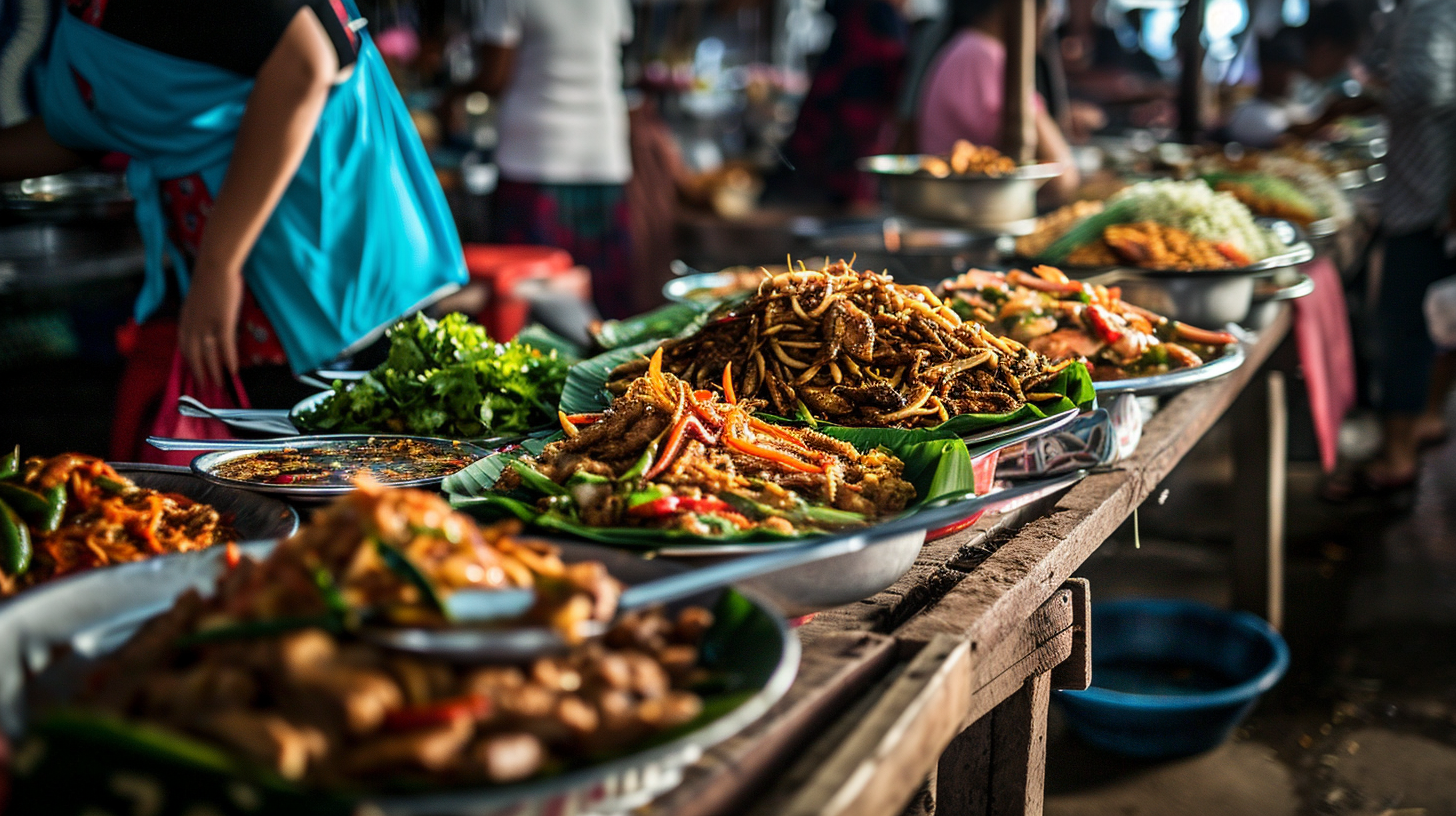When it comes to Japanese cuisine, one of the first things that may come to mind is rice. Rice has been a staple in Japanese culture for centuries and plays a significant role in their daily meals. But is it true that the Japanese eat rice every day? Let’s explore this question and understand the role of rice in Japanese food culture.
Rice as a Dietary Staple
Rice holds a special place in Japanese cuisine and is considered a staple food. It is a versatile ingredient that can be enjoyed in various forms, such as steamed rice, sushi, rice bowls, and rice cakes. For many Japanese people, a meal without rice is often seen as incomplete.
Cultural Significance
Rice has deep cultural significance in Japan. It is not only a source of sustenance but also carries symbolic meaning. Rice cultivation has played a crucial role in shaping Japanese agriculture, economy, and way of life. It has been an integral part of traditional rituals, ceremonies, and festivals.
Historical Perspective
Historically, rice farming has been a fundamental occupation in Japan. The country’s geography, with its ample rainfall and suitable climate, has made it ideal for rice cultivation. As a result, rice has become a central part of the Japanese diet and has shaped their culinary traditions.
Modern Dietary Practices
While rice continues to be a dietary staple in Japan, modern dietary practices have evolved to include a greater variety of foods. With changing lifestyles and influences from Western cuisine, the Japanese have incorporated more diverse ingredients and dishes into their meals.
Balanced and Varied Diet
The traditional Japanese diet emphasizes balance and moderation. It typically includes a variety of foods, including fish, vegetables, tofu, seaweed, pickles, and miso soup, alongside rice. This balanced approach ensures a diverse range of nutrients and flavors in their meals.
Regional Variations
It’s important to note that food preferences and dietary habits can vary across different regions of Japan. While rice remains a common element, the frequency and quantity of rice consumption may differ based on regional customs and availability of local ingredients.
Individual Choices and Dietary Preferences
Just like any other culture, individual dietary preferences and choices vary among the Japanese population. Some individuals may choose to include rice in every meal, while others may opt for alternative grains or reduce their rice intake in favor of other carbohydrates.
In Conclusion
While rice holds a prominent place in Japanese food culture and is considered a staple food, it is not necessarily consumed in every single meal by all Japanese people. The traditional Japanese diet emphasizes balance and moderation, incorporating a diverse range of ingredients. Rice continues to be a significant part of their cuisine, but individual choices and regional variations contribute to the overall dietary practices in Japan. Ultimately, the frequency of rice consumption may vary among individuals based on personal preferences and dietary needs.




